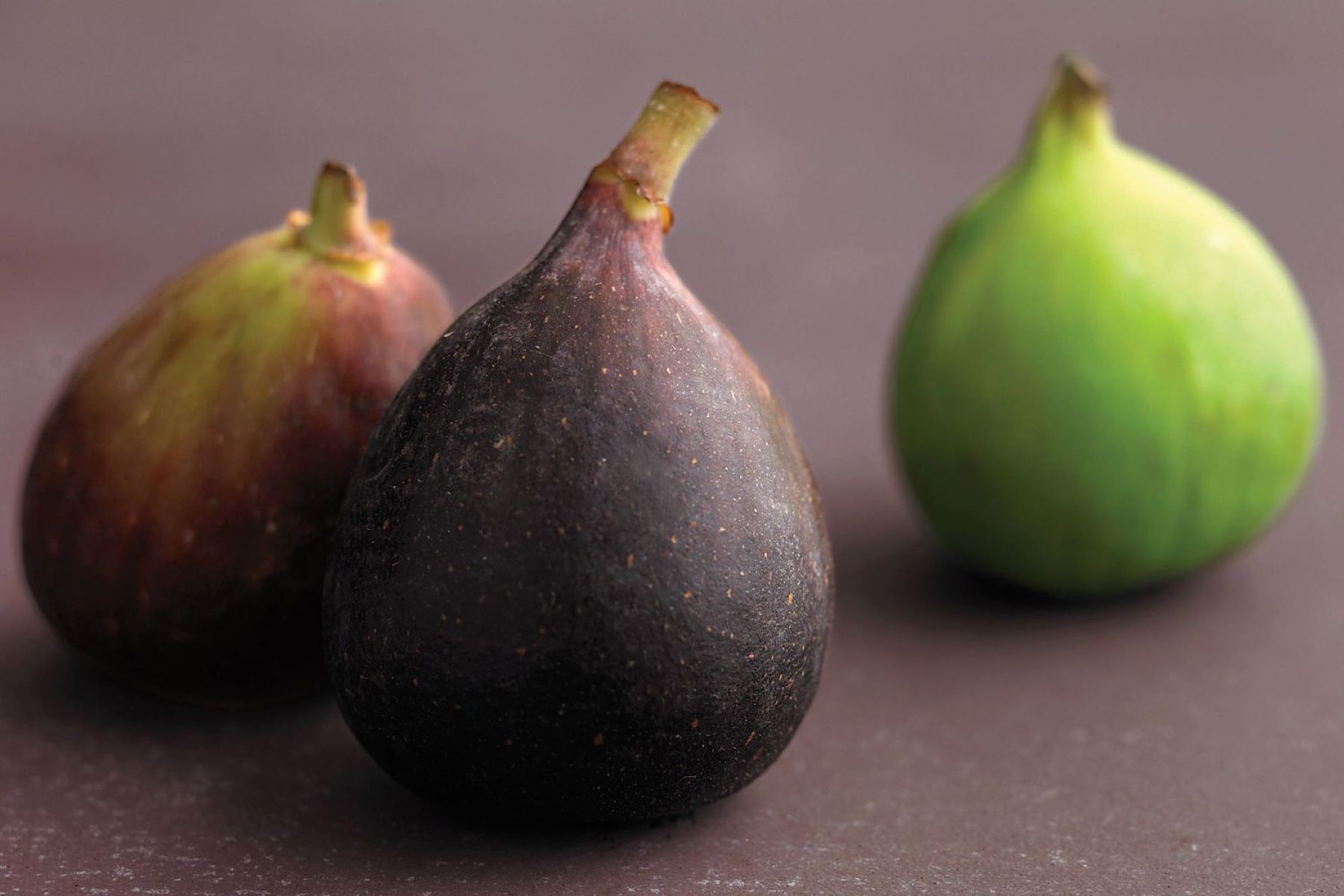

Articles
How To Store Ripe Figs
Modified: December 7, 2023
Learn the best methods and tips for storing ripe figs in this informative article. Discover how to preserve their sweetness and extend their shelf life.
(Many of the links in this article redirect to a specific reviewed product. Your purchase of these products through affiliate links helps to generate commission for Storables.com, at no extra cost. Learn more)
Introduction
Welcome to our guide on how to store ripe figs! Figs are a delicious and versatile fruit that are filled with natural sweetness and a unique texture. Whether you have picked fresh figs from your garden or bought them from the grocery store, knowing how to properly store them is essential to maintain their flavor and freshness.
In this article, we will explore different methods of storing ripe figs, including refrigeration, freezing, and drying. We will also provide you with valuable tips on how to maintain their freshness for as long as possible. So, let’s dive in and learn how to store these delectable fruits!
Key Takeaways:
- Enjoy ripe figs year-round by freezing or drying them, preserving their unique flavor and sweetness for up to 12 months. Experiment with different storage methods to savor figs in various culinary creations.
- Handle ripe figs with care, store them in breathable containers, and explore alternative methods like canning and making preserves to extend their shelf life. Plan meals in advance to make the most of their succulent sweetness.
Read more: How To Store Ripe Avocados
Understanding Ripe Figs
Before we delve into the various storage methods for ripe figs, it’s important to understand how to identify if a fig is ripe. Ripe figs should have a rich color, usually ranging from deep purple to golden yellow, depending on the variety. They should also feel slightly soft to the touch, yielding to gentle pressure.
Another indicator of ripeness is the presence of a sweet aroma. Ripe figs emit a delightful fragrance that intensifies as they ripen further. Additionally, the fruit should be plump and have a slight give when gently squeezed.
It’s essential to note that figs are highly perishable fruits with a relatively short shelf life, especially when they are fully ripe. This is why proper storage is crucial to extend their freshness and prevent spoilage.
Now that we have a good understanding of what ripe figs entail, let’s move on to exploring the different storage methods.
Choosing the Right Storage Method
When it comes to storing ripe figs, selecting the appropriate method is key to preserving their flavor and texture. Here are a few factors to consider when deciding which storage method to use:
1. Freshness: If you plan on consuming the figs within a few days, storing them in the refrigerator is ideal. However, if you want to enjoy figs for an extended period, freezing or drying them may be a better option.
2. Texture: Keep in mind that the texture of figs can change when stored. Refrigeration can help maintain their soft and succulent texture, while freezing and drying can alter it. Consider your personal preference when deciding which method to choose.
3. Usage: Think about how you plan to use the figs in the future. If you intend to eat them as a standalone snack or use them in recipes where their texture is crucial, refrigeration is recommended. On the other hand, if you plan to use them in smoothies, jams, or baking, freezing or drying might be more suitable.
Based on these factors, you can now decide which storage method suits your needs best. In the next sections, we will explore each method in detail, explaining how to store ripe figs in the refrigerator, freeze them, and dry them properly.
Storing Ripe Figs in the Refrigerator
Refrigeration is a popular method for storing ripe figs, as it helps maintain their freshness for a few days. Follow these steps to store your ripe figs in the refrigerator:
1. Sort and clean: First, sort through your figs and remove any that are overripe, bruised, or damaged. Gently rinse them under cold water to remove any dirt or debris.
2. Pat dry: Use a clean kitchen towel or paper towels to gently pat the figs dry. Ensure they are thoroughly dried before storing them in the refrigerator.
3. Store in a breathable container: Place the figs in a shallow, breathable container such as a mesh basket or a vented plastic container. This helps to promote air circulation and prevent excess moisture buildup.
4. Avoid stacking: To avoid crushing the figs, arrange them in a single layer or use multiple containers if needed. This will ensure that the figs retain their shape and firmness.
5. Place in the refrigerator: Finally, place the container in the refrigerator. The ideal temperature for storing ripe figs is between 32°F to 40°F (0°C to 4°C). Keep the figs away from strong-smelling foods like onions or garlic, as they can absorb odors.
6. Check and consume within a few days: Check the figs regularly for any signs of spoilage, such as mold or unusual odors. Consume them within 3 to 5 days for the best flavor and quality.
By following these steps, you can enjoy fresh and ripe figs for a few more days before they start to deteriorate.
Freezing Ripe Figs
Freezing ripe figs is an excellent way to extend their shelf life and ensure you can enjoy them throughout the year. Here’s a step-by-step guide on how to freeze ripe figs:
1. Prepare the figs: Start by washing the figs gently under cold water to remove any dirt or debris. Pat them dry with a clean kitchen towel or paper towels.
2. Remove stems: Carefully remove the stems from each fig. You can either do this by twisting the stem gently or by using a small knife to cut it off.
3. Slice or leave whole: Deciding whether to slice the figs or leave them whole is a matter of personal preference. Sliced figs can be easily added to recipes or used in smoothies, while whole figs can be enjoyed as a frozen treat.
4. Arrange on a baking sheet: Place the prepared figs in a single layer on a parchment-lined baking sheet. Make sure they are not touching each other to prevent them from sticking together during freezing.
5. Flash-freeze: Put the baking sheet with the figs into the freezer and let them freeze for about 2-3 hours, or until they are firm and solid.
6. Transfer to a freezer-safe container: Once the figs are frozen, remove them from the baking sheet and transfer them to a labeled freezer-safe bag or container. Squeeze out any excess air and seal the container tightly.
7. Return to the freezer: Place the container of figs back into the freezer, ensuring it is stored in a flat position to maintain the shape of the figs.
8. Enjoy frozen figs: Frozen figs can be stored for around 8-12 months. To use them, you can thaw them in the refrigerator overnight or add them directly to smoothies and desserts without thawing.
By following these simple steps, you can enjoy the sweet taste of ripe figs year-round and add them to your favorite recipes effortlessly.
Store ripe figs in the refrigerator in a single layer on a paper towel-lined plate or shallow container. This will help prevent them from getting squished and keep them fresh for up to 2-3 days.
Read more: How To Store Ripe Bananas
Drying Ripe Figs
Drying ripe figs is a timeless preservation method that allows you to enjoy the unique flavor and texture of figs for an extended period. Here’s a step-by-step guide on how to dry ripe figs:
1. Prep the figs: Start by washing the figs gently under cold water to remove any dirt or debris. Pat them dry with a clean kitchen towel or paper towels.
2. Remove stems: Carefully remove the stems from each fig. You can either twist the stem gently or use a small knife to cut it off.
3. Slice the figs: Slice each fig either into halves or quarters, depending on your preference. Slicing the figs helps them dry more evenly and speeds up the drying process.
4. Preheat the oven or use a dehydrator: If using an oven, preheat it to the lowest temperature possible, preferably around 140°F (60°C). Alternatively, you can use a food dehydrator set to the appropriate temperature for drying fruits.
5. Arrange the figs: Place the sliced figs in a single layer on a baking sheet lined with parchment paper or a baking rack. Leave some space between them to ensure proper airflow.
6. Dry the figs: If using an oven, place the baking sheet in the preheated oven and prop the oven door open slightly to allow moisture to escape. Let the figs dry for approximately 8-10 hours or until they are leathery and pliable. If using a dehydrator, follow the manufacturer’s instructions for drying time.
7. Cool and store: Once the figs are dry, remove them from the oven or dehydrator and let them cool completely. They should feel slightly chewy and no longer have any moisture to them. Store the dried figs in an airtight container in a cool, dry place away from direct sunlight.
8. Rehydrate if desired: Dried figs can be enjoyed as they are or rehydrated before use. To rehydrate, soak the dried figs in water, fruit juice, or warm liquid for about 15-20 minutes until they plump up.
Dried figs can be enjoyed as a healthy snack, added to trail mixes, baked goods, or used in savory dishes. By drying ripe figs, you can savor the unique flavor and sweetness of figs even when they are out of season.
Other Methods to Store Ripe Figs
In addition to refrigeration, freezing, and drying, there are a few other methods you can use to store ripe figs. These methods can help you enjoy figs in different forms and extend their shelf life. Here are a few alternatives:
1. Canning: Canning ripe figs allows you to preserve them in a sweet syrup, making them perfect for desserts or as a topping for pancakes and ice cream. Follow a trusted canning recipe and process to ensure safe preservation.
2. Making preserves or jams: Turning ripe figs into preserves or jams is another wonderful way to store them. Cook the figs down with sugar and any desired flavorings until they reach a thick consistency. Store the preserves in sterilized jars to enjoy on toast, scones, or as a filling for pastries.
3. Fig paste or puree: Create a smooth fig paste or puree by blending ripe figs until smooth or cooking them down with a little sugar. These can be used as spreads, added to sauces, or incorporated into various recipes.
4. Fig liqueur or infused spirits: Infuse the flavor of ripe figs into your favorite spirits by combining them with alcohol in a jar and letting them steep for several weeks. The resulting fig liqueur or infused spirits can be enjoyed on their own or used in cocktails.
Remember to always follow safe preserving techniques, such as proper sterilization and sealing, when trying these methods. This will help maintain the quality and safety of your stored figs for a longer period.
Explore these alternative methods to store ripe figs and experiment with different recipes to find your favorite ways to enjoy figs throughout the year. Whether it’s in the form of jams, purees, or infused spirits, you can savor the delightful flavor and versatility of figs in various culinary creations.
Tips for Maintaining Freshness
To ensure the maximum freshness and flavor of your ripe figs, here are some helpful tips to keep in mind:
1. Harvest at the right time: If you have a fig tree and are picking your own figs, make sure to harvest them when they are fully ripe. Figs that are picked prematurely may not reach their full sweetness and can spoil faster.
2. Handle with care: When handling ripe figs, be gentle to prevent bruising or damage. Rough handling can accelerate spoilage and affect the quality of the fruit.
3. Store separately: Keep ripe figs separate from other fruits and vegetables. Figs are sensitive to ethylene gas, which is released by certain fruits like apples and bananas and can cause them to ripen faster.
4. Use proper containers: When storing ripe figs in the refrigerator, use breathable containers such as mesh baskets or vented plastic containers. This allows for better air circulation and helps to prevent moisture buildup that can cause mold.
5. Do not wash before storage: Avoid washing the figs before storing them. Moisture can promote spoilage, so it’s best to wash them just before consumption.
6. Rotate the figs: If you have a batch of ripe figs stored in the refrigerator, periodically rotate them so that the ones at the bottom don’t get crushed or overly soft.
7. Check for spoilage: Regularly inspect your stored figs for any signs of spoilage, such as mold, unusual odors, or excessive softness. Remove any spoiled figs to prevent them from affecting the quality of the others.
8. Label and date: When freezing or drying figs, label the containers with the date of storage. This allows you to keep track of the storage time and ensures you use the oldest figs first.
9. Plan for consumption: If you have a surplus of ripe figs, plan your meals and recipes in advance to make the most of them. Explore new recipes and prepare dishes that highlight the deliciousness of ripe figs.
By following these tips, you can maintain the freshness and quality of your ripe figs for a longer period. Enjoy the succulent sweetness of figs in various ways and savor their unique flavor throughout the year.
Conclusion
Storing ripe figs properly is essential to prolong their shelf life and maintain their flavor and texture. Whether you choose to refrigerate, freeze, or dry them, each method offers a unique way to enjoy figs beyond their peak season.
Refrigeration is ideal if you plan to consume the figs within a few days, as it helps maintain their freshness and soft texture. Freezing ripe figs allows you to enjoy their sweetness and versatility throughout the year, whether as a standalone frozen treat or added to recipes. Drying figs provides a wonderful way to savor their unique flavor and enjoy them in various culinary creations.
In addition to these methods, you can explore other ways to store ripe figs, such as canning, making preserves or jams, or creating fig-infused spirits. These methods offer different ways to enjoy the deliciousness of figs in a variety of recipes.
Remember to handle ripe figs with care, sort out any damaged or overripe ones, and store them in proper containers or packaging. Regularly check for spoilage and make sure to use the figs within their recommended storage timeframe.
By following these storage methods and tips, you can extend the life of your ripe figs and continue to relish their delightful taste and unique characteristics. So, whether you are enjoying figs fresh, frozen, dried, or in other creative forms, savor the sweetness and versatility of this wonderful fruit all year round!
Frequently Asked Questions about How To Store Ripe Figs
Was this page helpful?
At Storables.com, we guarantee accurate and reliable information. Our content, validated by Expert Board Contributors, is crafted following stringent Editorial Policies. We're committed to providing you with well-researched, expert-backed insights for all your informational needs.



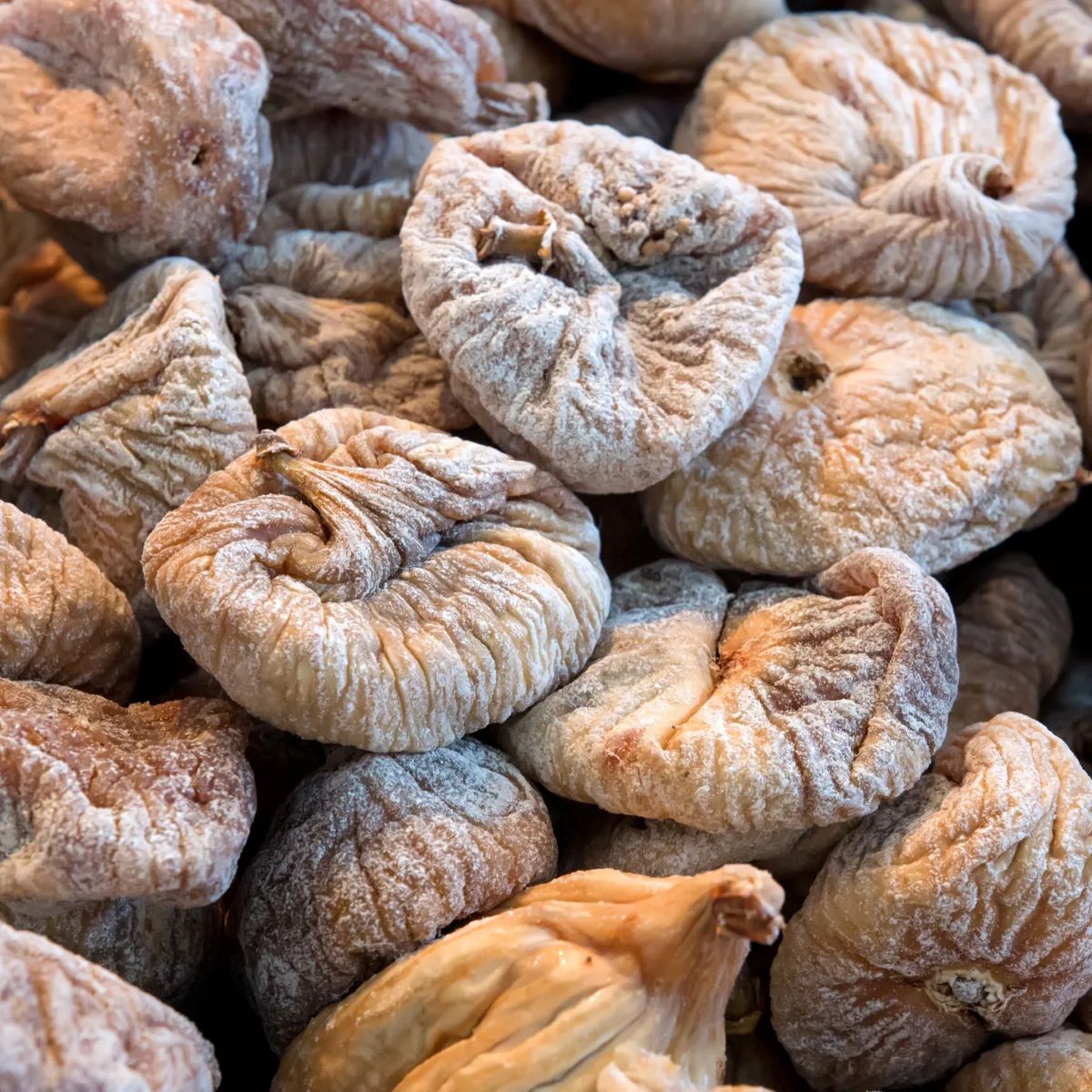
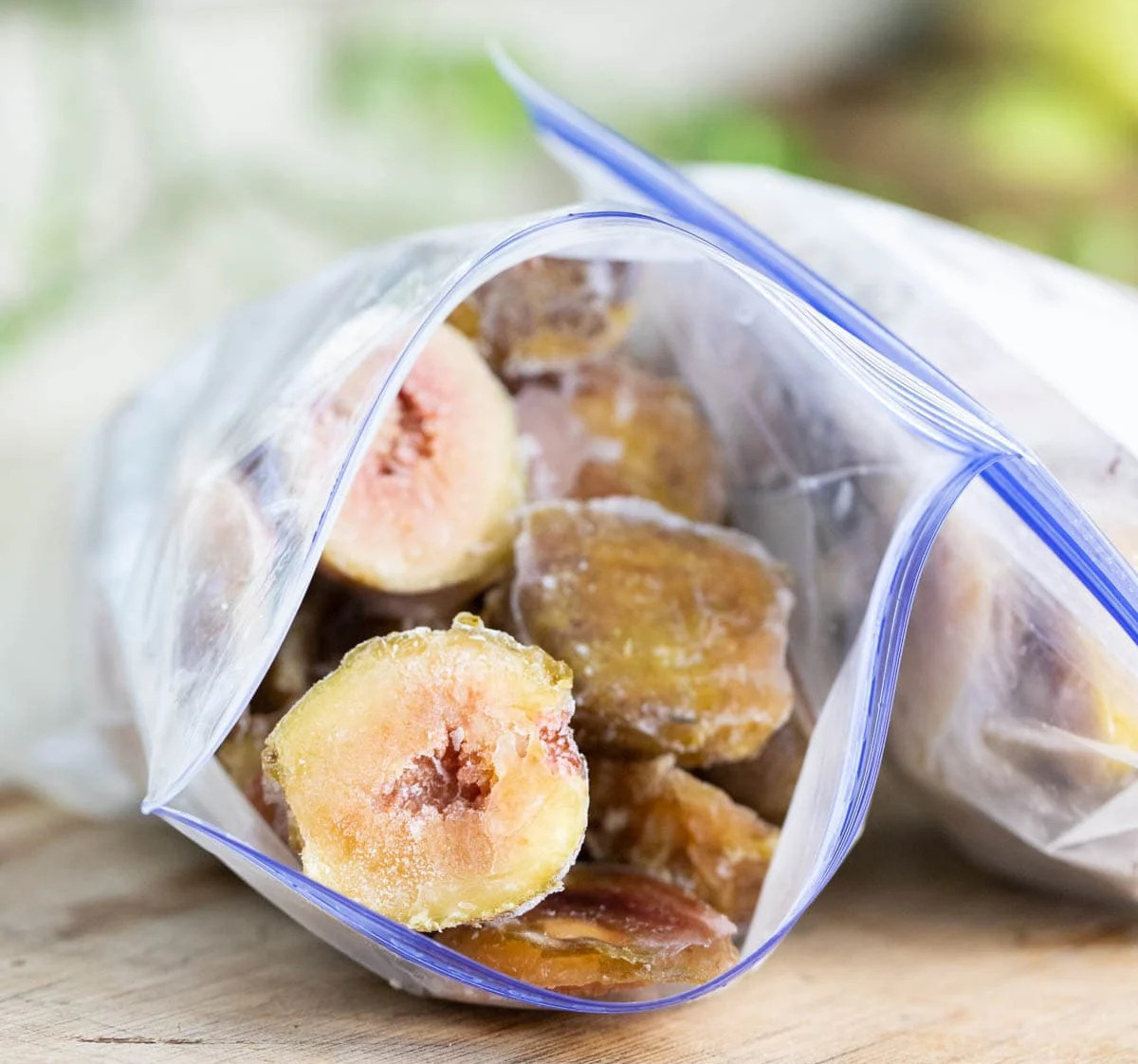
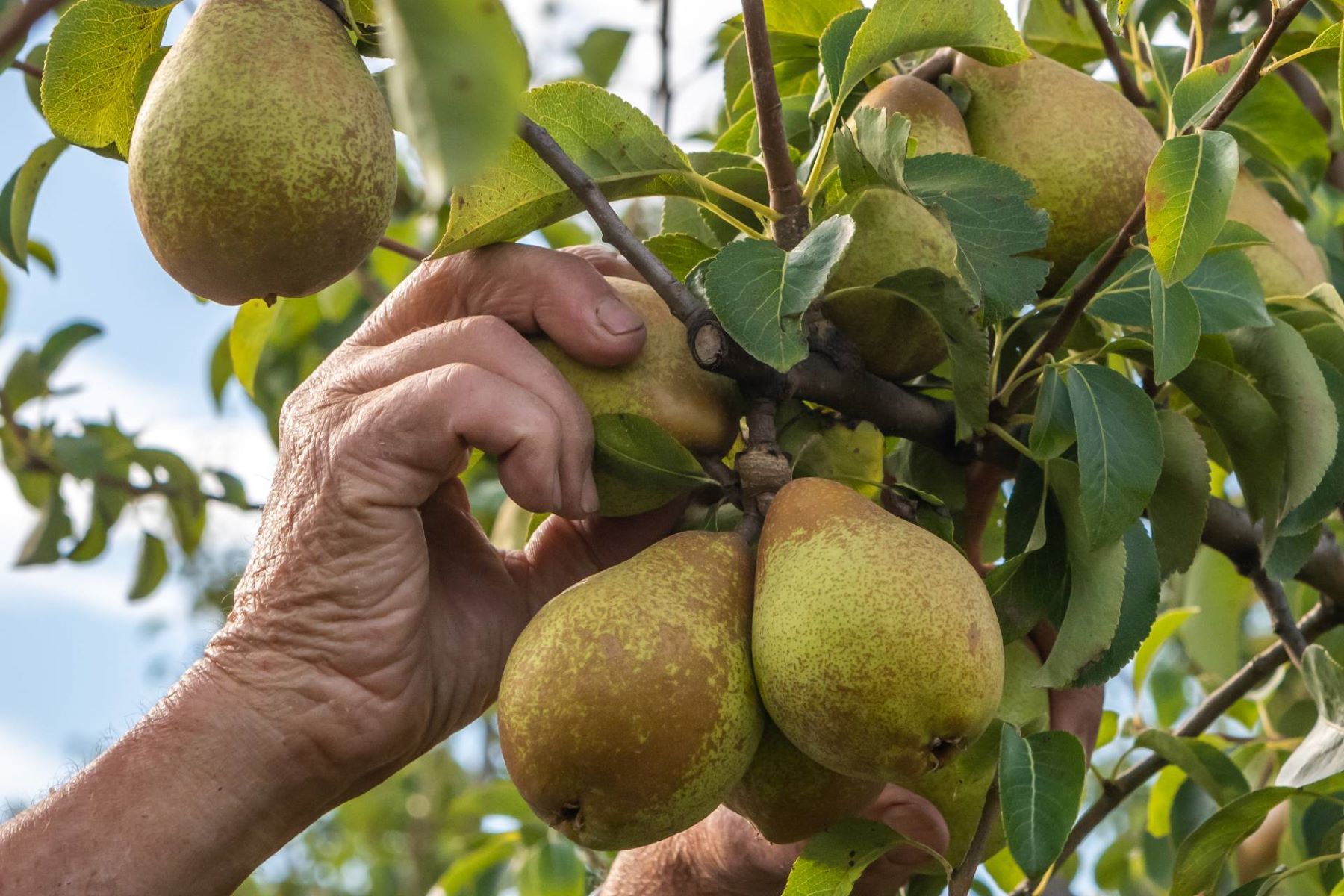
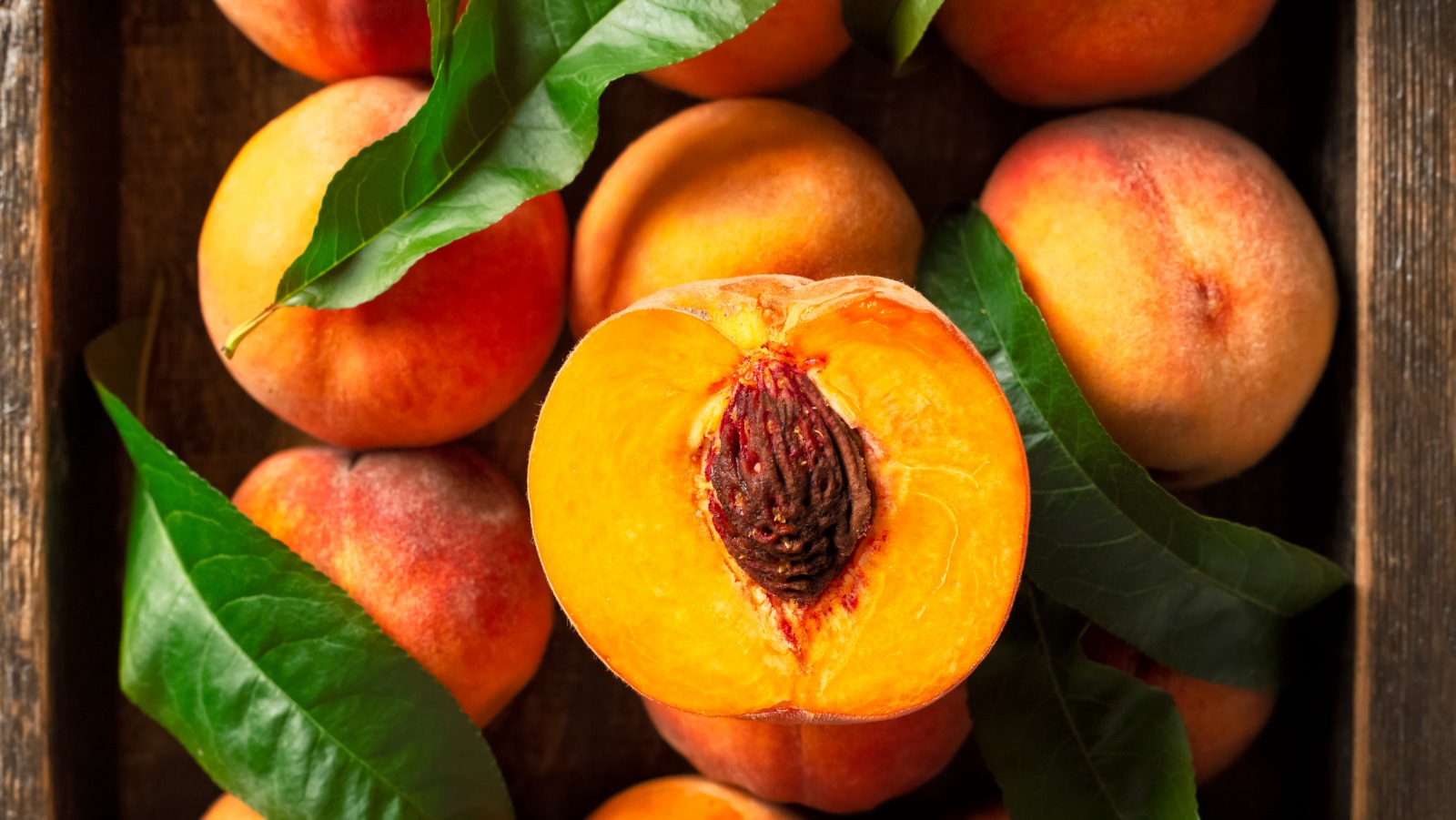
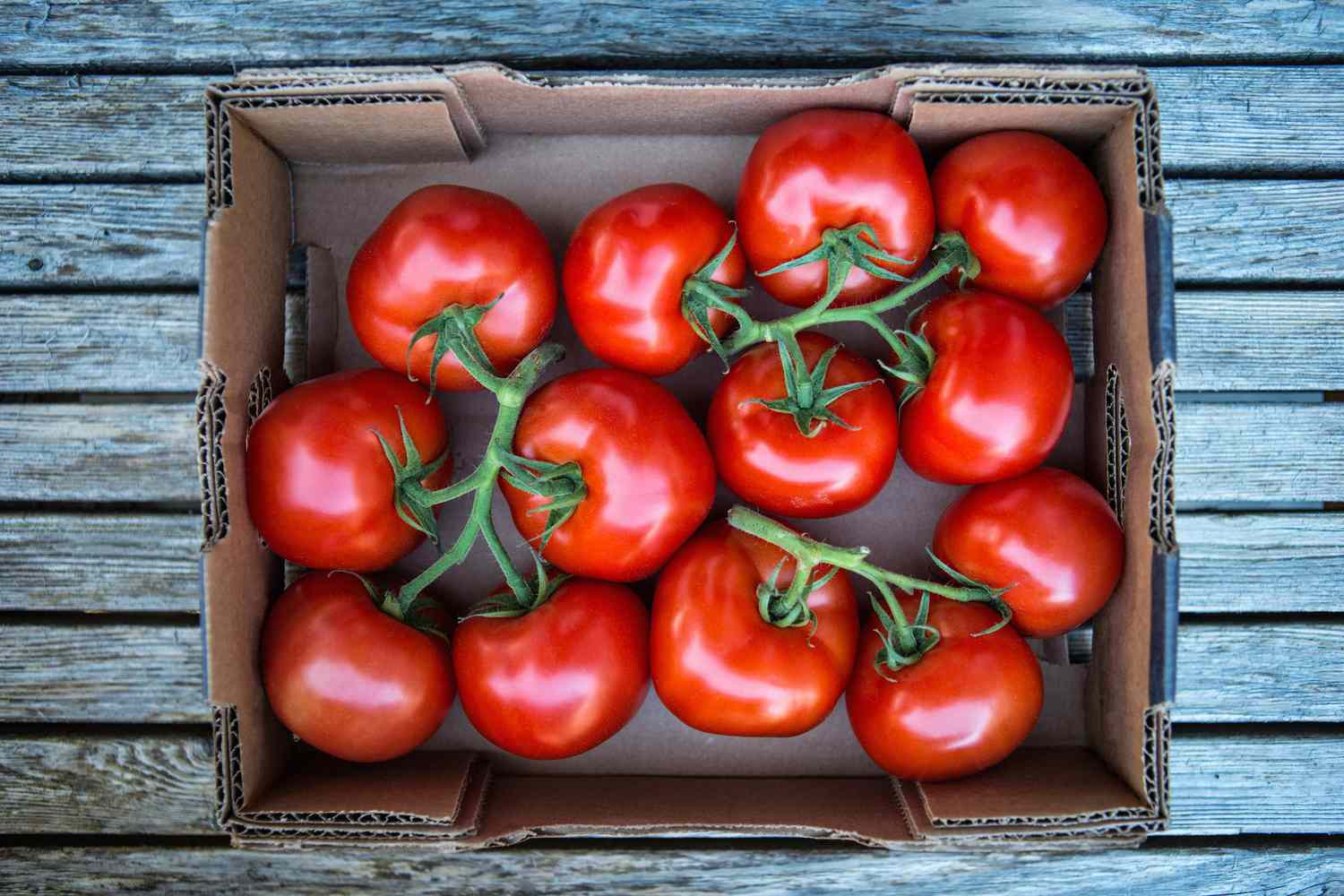


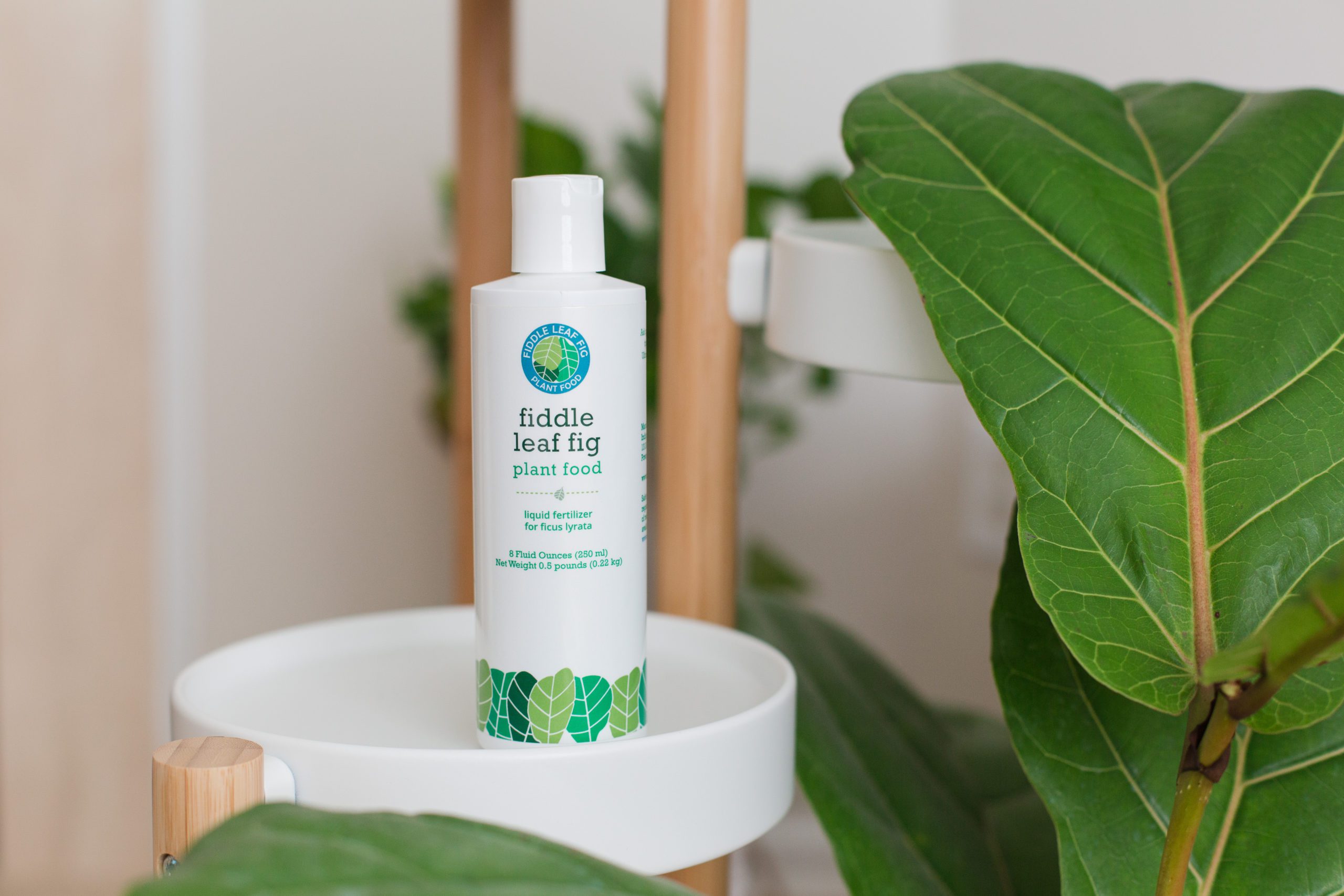




0 thoughts on “How To Store Ripe Figs”